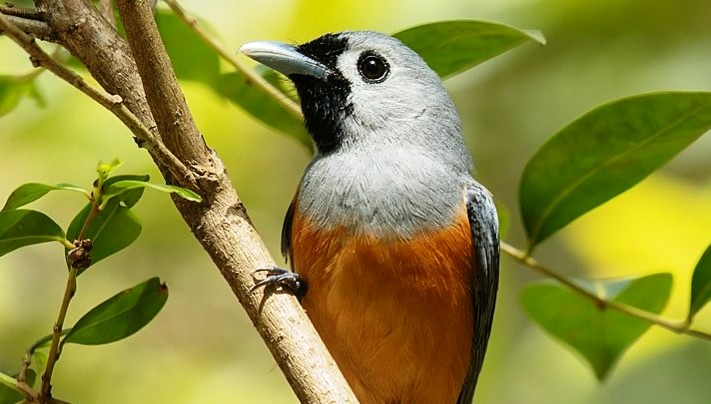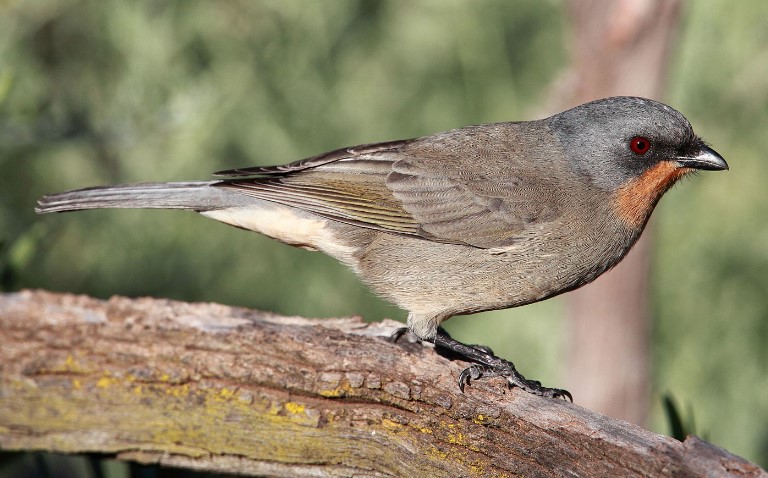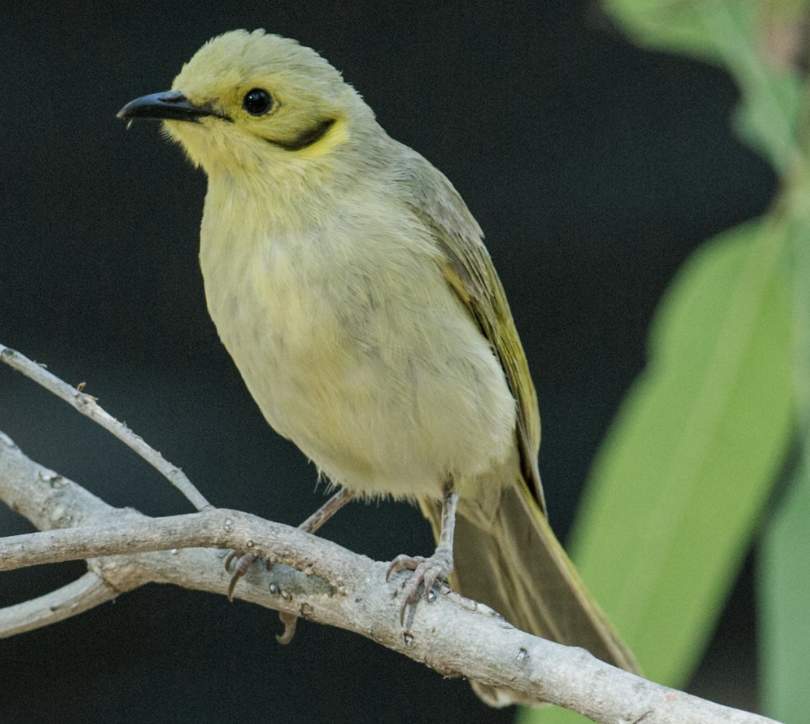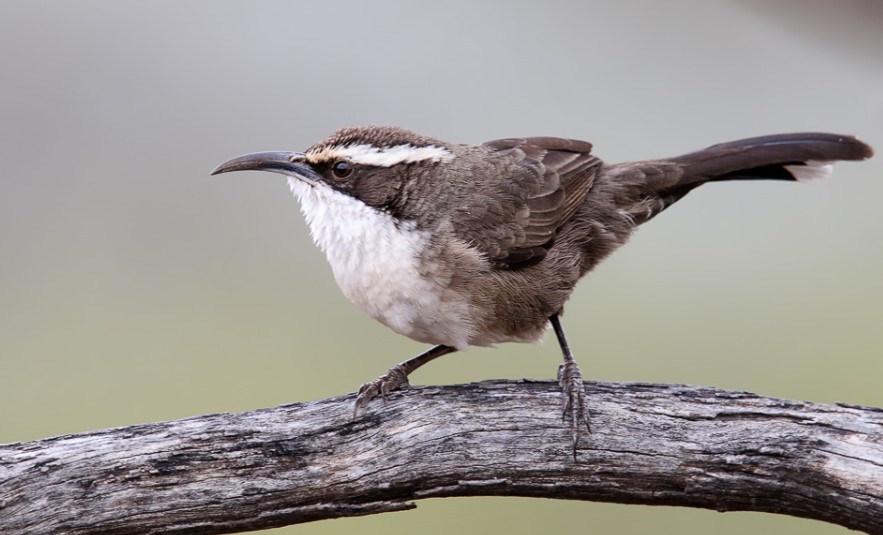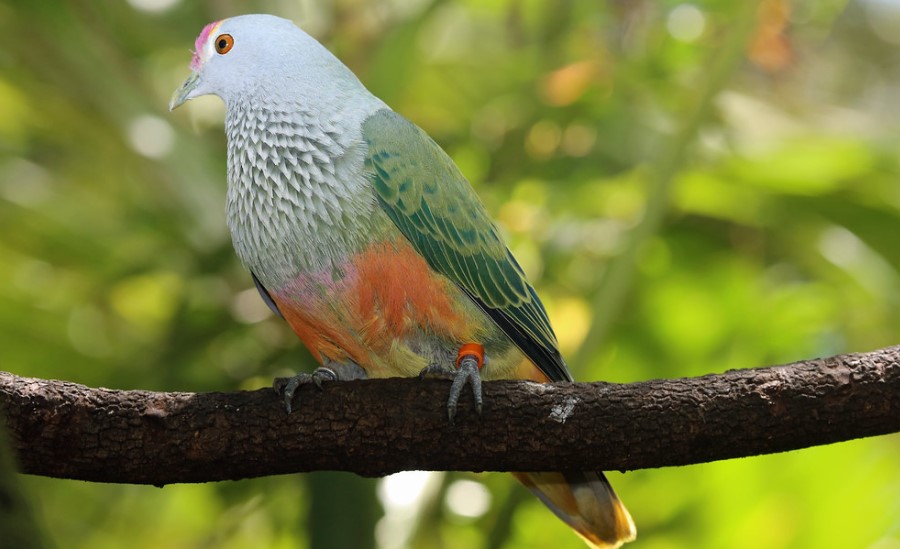Family: The belted kingfisher (Cerylealcyon, formerly Megaceryle alcyon) is a member of the family Alcedinidae in the order Coraciiformes.
Behavior: The belted kingfisher is a medium-sized bird (33 cm, bill tip to tail tip) that eats primarily fish. It is one of the few species of fish-eating birds found throughout inland areas as well as coastal areas. The belted kingfisher’s range includes most of the North American continent.
Kingfishers are stocky, short-legged birds with large heads and bills. They exist on a diet mostly of fish, which they catch by diving from a perch or the air, headfirst into the water. They nest in burrows on earthen banks that they dig using their bills and feet.
The sexes are similar in size and appearance, although the female tends to be slightly larger. The western populations are somewhat larger than the eastern ones. Nestlings reach adult body weight by about 16 days after hatching but may lose some weight before fledging.
Body Size: The belted kingfisher measures between 28 and 35 cm in length, has a wingspan of between 48 and 58 cm, and weighs from 113 to 178 g.
Habitat: Belted kingfishers are typically found along rivers and streams and along lake and pond edges. They are also common on seacoasts and estuaries. Belted Kingfishers select bodies of water devoid of extensive vegetation that would impede their ability to see the water, and those are not completely shaded by trees.
Kingfishers also require relatively clear water to see their prey and are noticeably absent in areas when waters become turbid. Water less than 60 cm deep is preferred. They prefer stream riffles for foraging sites, even when pools are more plentiful, because of the concentration of fish at the riffle edges. Belted kingfishers nest in burrows within steep earthen banks devoid of vegetation beside rivers, streams, ponds, and lakes. Additionally, it can be found on the nest on slopes where human excavations have taken place, like landfills and road cuts. Sandy soil banks, which are easy to excavate and provide good drainage, are preferred.
Feed: Belted kingfishers generally feed on fish that swim near the surface or in shallow water. The kingfishers generally catch fish only in the upper 12 to 15 cm of the water column. Belted kingfishers capture fish by diving either from a perch overhanging the water or after hovering above the water. Belted Kingfishers are swallowed whole, head first, after being beaten on a perch. The average length of fish is less than 7.6 cm but ranges from 2.5 to 17.8 cm. The fish caught in Ohio streams range from 4 to 14 cm in length. Several studies indicate that belted kingfishers usually catch the prey that is most available. Therefore, its diet varies considerably among different water bodies and with the season. Although kingfishers feed predominantly on fish, they also sometimes consume large numbers of crayfish. However, in shortages of their preferred foods, they have been known to consume crabs, mussels, lizards, frogs, toads, small snakes, turtles, insects, salamanders, newts, young birds, mice, and berries.
Nest: Parents bring surprisingly large fish to their young. Nestlings only 7 to 10 days old were provided with fish up to 10 cm long, and nestlings only 2 weeks old were provided with fish up to 13 cm in length. After fledging, young belted kingfishers fed on flying insects for their first 4 days after leaving the nest, crayfish for the next week, and by the 18th-day post-fledging, could catch fish. In general, kingfishers nest near suitable fishing areas when possible but will nest away from water and feed in bodies of water other than the one closest to home.
Juvenile: The juvenile plumage is maintained through the winter, and young birds undergo their first prenuptial molt in the spring between February and April. It involves most of the body plumage. Adults have a complete postnuptial molt in the fall, from August to October.
Migration: This kingfisher breeds over most of North America and winters in most regions of the continental United States. Although most northern kingfishers migrate to southern regions during the coldest months, some may stay in areas that remain ice-free where fishing is possible.
Breeding Activities and Social Organization:
It breeds from northern Alaska and central Labrador southward to the southern border of the United States. Two subspecies are sometimes recognized: the eastern belted kingfisher (Ceryle alcyonalcyon), which occupies the range east of the Rocky Mountains and north to Quebec, and the western belted kingfisher (Cercyle alcyoncaurina), which occupies the remaining range to the west.
During the breeding season, pairs establish territories for nesting and fishing. Otherwise, belted kingfishers are solitary. They are not colonial nesters and will defend an unused bank if it lies within their territory. In migrating populations, the males arrive before the females to find suitable nesting territories.
Kingfishers excavate their burrows in earthen banks, forming a tunnel that averages 1 to 2 m in length, although some burrows may be as long as 3 to 4 m. The burrow entrance is usually 30 to 90 cm from the top of the bank and at least 1.5 m from the base. Burrows closer to the top may collapse, and burrows too low may flood. Burrows may be used for more than one season.
Five to seven eggs are laid on the bare substrate or on fish bones within the burrow. Only one adult, usually the female, spends the night in the nest cavity; males usually roost in nearby forested areas or under heavy cover. Both parents incubate eggs and feed the young. After fledging, the young remain with their parents for 10 to 15 days.
Range: During the breeding season, belted kingfishers require suitable nesting sites with adequate nearby fishing. During spring and early summer, both male and female belted kingfishers defend a territory that includes both their nest site and their foraging area. By autumn, each bird, including the young of the year,.
The Belted Kingfisher defends an individual feeding territory only. The breeding territories (length of waterline protected) can be more than twice as long as the fall and winter feeding territories, and stream territories tend to be longer than those on lakes. Foraging territory size is inversely related to prey abundance.
Moreover, the population density and breeding densities of between two and six pairs per 10 km of river shoreline have been recorded, with density increasing with food availability. Kingfishers are sensitive to disturbance and usually do not nest in areas near human activity. Kingfishers typically breed in the first season after they are born. Fledging success depends on food availability, storms, floods, predation, and the integrity of the nest burrow, but can be as high as 97 percent. The dispersal of young occurs within a month of fledging.
Belted Kingfisher Call
The Belted Kingfisher gives mechanical rattles, strident screams, and sometimes harsh calls when threatened and flies over rivers or lakes. This is seen perched on a high snag or hovering on quickly beating wings, then plunging headfirst into the water to grab a fish.
Similar Species
-
The green kingfisher (Chloroceryle americana) is smaller (22 cm) than the belted kingfisher and is only common in the lower Rio Grande Valley. It is also found in southeastern Arizona and along the Texas coast, usually during the fall and winter.
-
The ringed kingfisher (Ceryletorquata) is larger than 41 cm and resides in the lower Rio Grande Valley in Texas and Mexico.

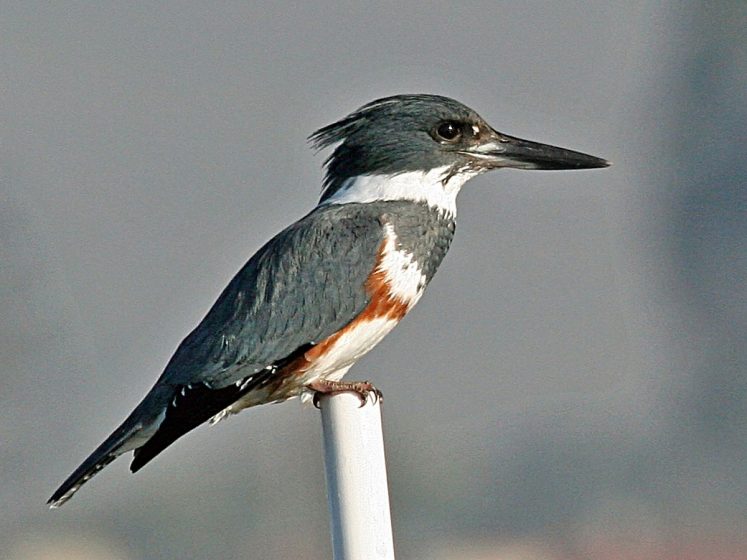






Read More:
- Rubby Kingfisher/
- The Lesser Goldfinch
- The Himalayan Cutia
- The fire-tailed myzornis
- Pando—The One Tree Forest
- Great Blue Heron



